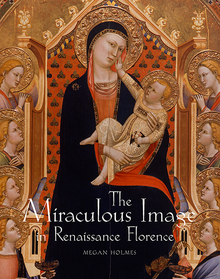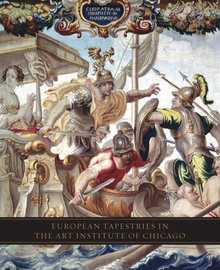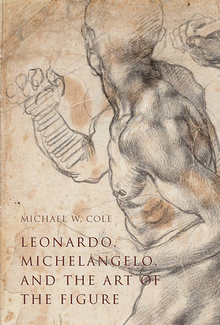Caravaggio's Pitiful Relics
WARNING
You are viewing an older version of the Yalebooks website. Please visit out new website with more updated information and a better user experience: https://www.yalebooks.com
Todd P. Olson
The renowned Italian painter Michelangelo Merisi da Caravaggio (1571–1610) established his career in Catholic Rome, making paintings that placed particular importance on sacred relics and the glorification of martyred saints. Beginning with his early works, Caravaggio was intensely engaged with the physical world. He not only interrogated appearances but also experimented with the paint’s material nature. Caravaggio’s Pitiful Relics explores how the artist’s commitment to materiality served and ultimately challenged the Counter Reformation church’s interests. In his first ecclesiastical commission, Caravaggio offered an unconventional representation of martyrdom that collapsed the borders between art, contemporary religious persecution, iconoclasm, and relics in early Christian catacombs. Yet his art controversially and eventually led to a criminal trial. After he had fled from Rome in disgrace, his major altarpiece depicting the death of the Virgin Mary, portraying her mortality rather than her sanctity, was removed. Caravaggio’s materiality came into conflict with changing notions of the sacred; thereafter, the sacred object became a secular work of art, marking the displacement of the relic.
Todd P. Olson is associate professor, history of art, at the University of California, Berkeley.
ISBN: 9780300190137
Publication Date: May 27, 2014
Publication Date: May 27, 2014
260 pages, 9 x 11
83 color + 82 b/w illus.
83 color + 82 b/w illus.








